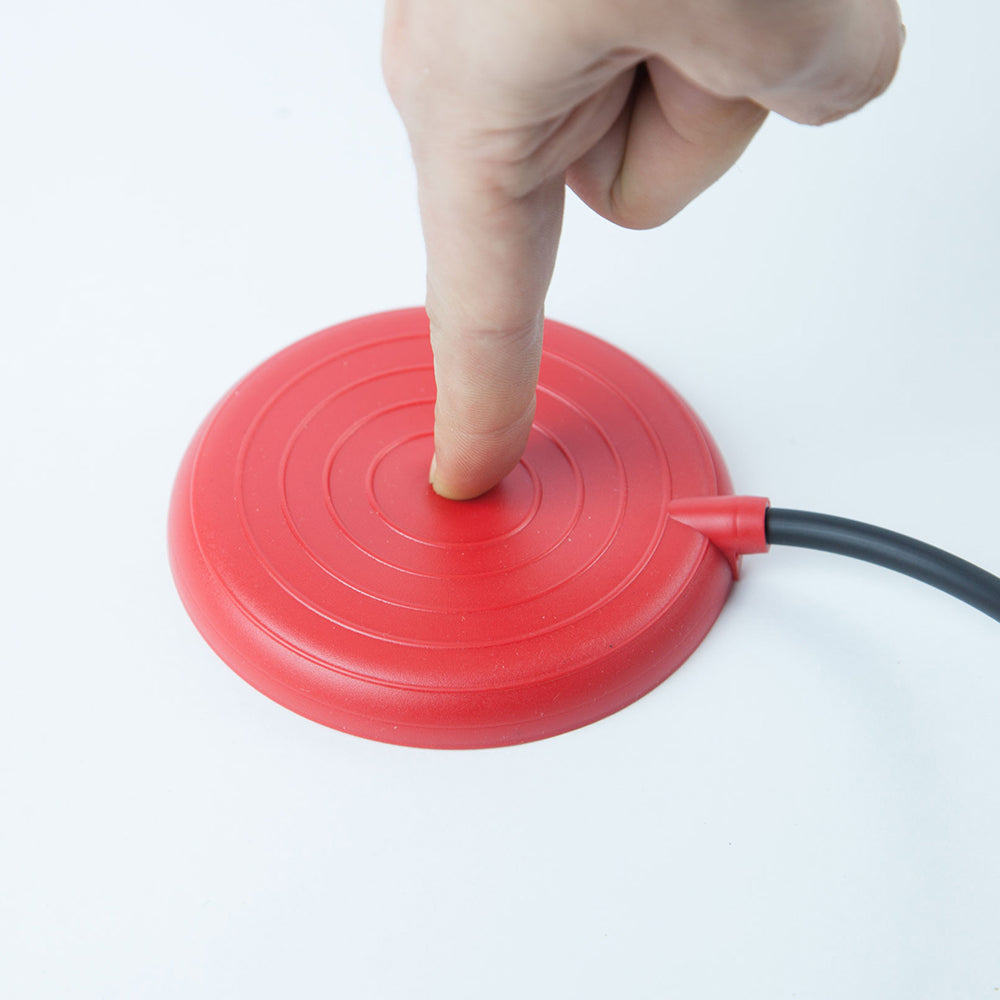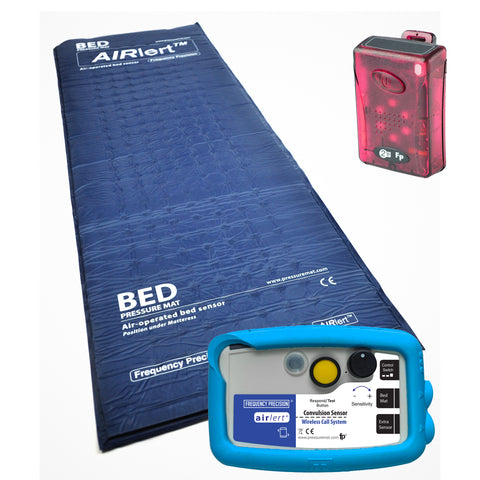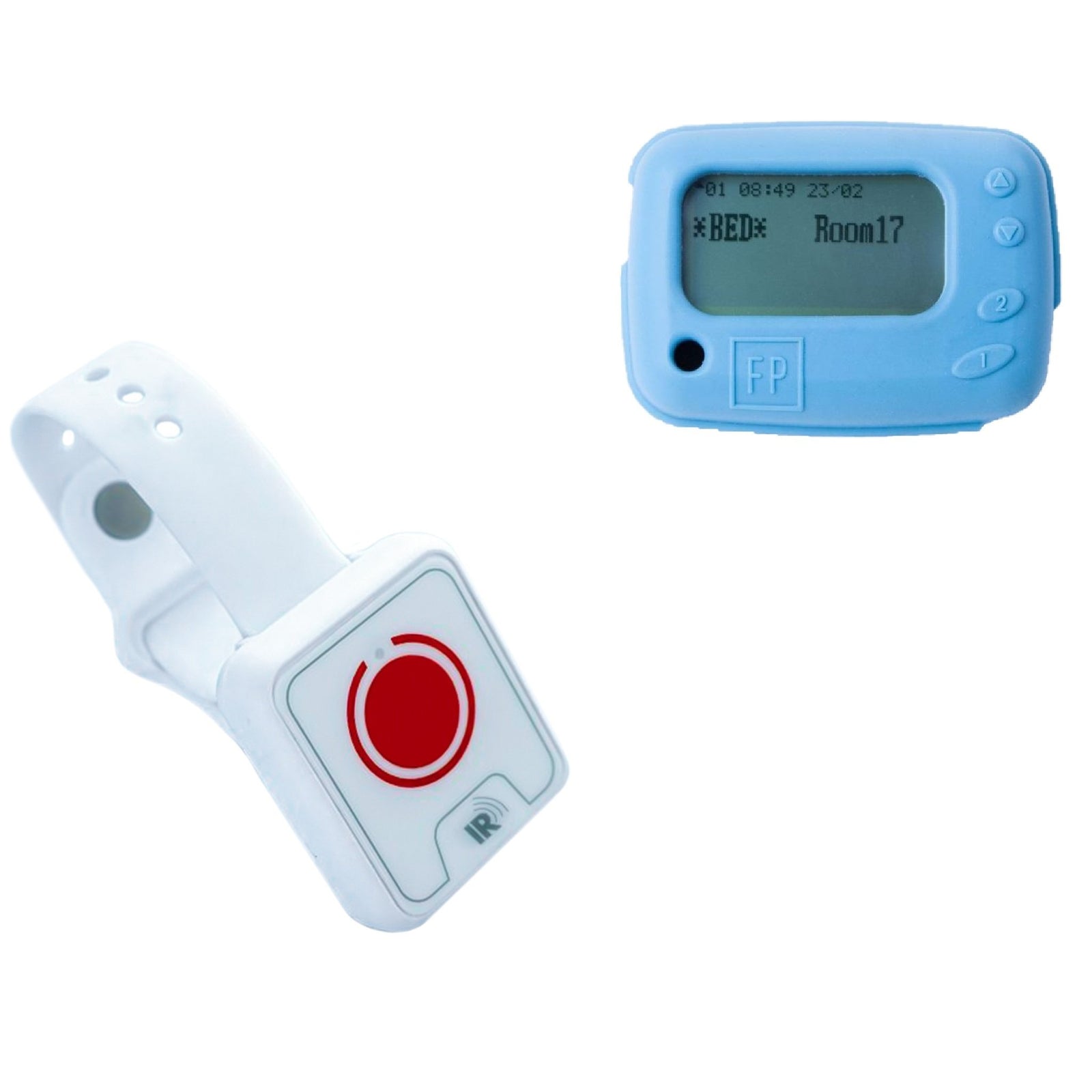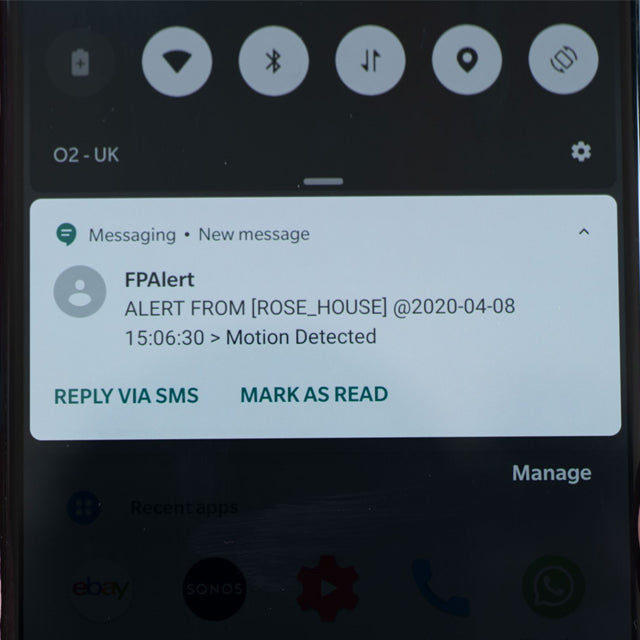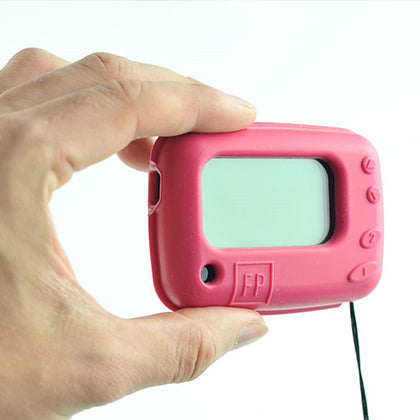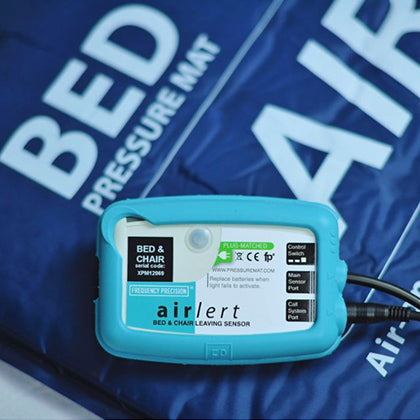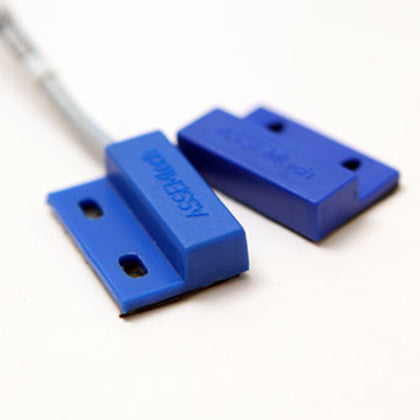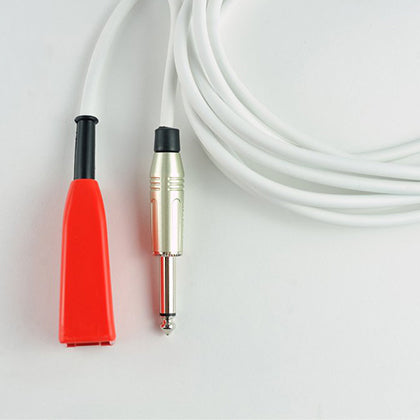Nurse call systems are vital for care homes as they facilitate swift communication between residents and staff, thereby enhancing safety and care quality. This guide will help you understand the available types and how to select the best one for your facility.
Key Takeaways
-
Selecting the right nurse call system boosts safety and efficiency in care homes by improving communication and response times.
-
Understanding the different types of nurse call systems—wired, wireless, and hybrid—is crucial for choosing the best fit for specific care environments.
-
Integrating mobile technology and cloud reporting with
Enhancing Safety and Efficiency in Care Homes
Choosing the right call button devices can significantly improve patient communication and response times in care homes. Advanced systems provide immediate notifications and detailed call logs, significantly improving staff coordination and performance. The result is not just better communication but a safer environment where residents can receive timely assistance, reducing the risk of emergencies escalating.
Wireless nurse call systems enhance efficiency with their user-friendly design for both staff and residents. Integration with comprehensive care management platforms allows carers to concentrate more on quality care rather than administrative tasks. In a nursing home environment, where every second counts, such systems are invaluable.
Types of Nurse Call Systems
Nurse call systems are designed to accommodate different needs and operational requirements in care homes. They are broadly categorised into three main types: wired, wireless, and hybrid systems. Each type offers distinct advantages, so understanding their features is essential to selecting the best fit for your facility.
Wired Systems
Wired nurse call systems are known for their reliability and stability. They provide a consistent connection, ensuring that staff can respond quickly to resident needs. This reliability is crucial in environments where timely assistance can significantly improve safety and care quality.
However, wired systems have limitations. Their installation can be less flexible due to the fixed location of cable termination points, which may restrict the system's placement and scalability.
Despite this, their robust performance makes them a viable option for many care homes and hospitals.
Wireless Systems
Wireless nurse call systems offer unparalleled flexibility and ease of installation. Unlike wired systems, they do not require extensive wiring, significantly reducing installation time and expenses. This plug-and-play design allows for quick deployment, making them ideal for dynamic care environments. A wireless nurse call system enhances communication and efficiency in such settings.
These systems can operate within a range of 150 metres in unobstructed conditions and typically offer a range of 40 metres indoors. This makes them suitable for various care home layouts. Additionally, the ability to expand the system by adding more receivers and call buttons at any time provides care homes with a scalable solution to meet growing needs.
Hybrid Systems
Hybrid nurse call systems combine the best of both wired and wireless technologies, offering a flexible and reliable solution that can be adapted to different care environments. This combination allows for a customisable installation that can meet the specific needs of any facility, providing a balanced approach to nurse call system deployment.
Choosing the Right Call Button Devices
Selecting the right call button devices is essential for ensuring user-friendliness and flexibility in care homes. Wireless nurse call systems allow for customisation of the number and type of call buttons to suit individual needs.
This adaptability ensures that both caregivers and patients can use the system effectively, enhancing overall care quality.
Call Buttons with Cancel Option
Call buttons with a cancel option are critical in reducing unnecessary alerts and enhancing caregiver efficiency. These buttons allow users to cancel a request easily if assistance is no longer needed, preventing false alarms and unnecessary disruptions. This feature is particularly useful in high-activity environments where quick decision-making is essential.
These buttons allow users to retract calls, making assistance management more efficient and helping caregivers prioritise their responses. This improves workflow and enhances the experience for both staff and residents.
Waterproof Call Buttons
Waterproof call buttons are indispensable in maintaining hygiene and functionality, especially in environments prone to spills or moisture. These buttons are designed to remain functional in wet conditions, making them ideal for use in bathrooms and during bathing or showering. This ensures that residents can call for help even in situations where water is present, minimising fall risks and enhancing safety.
Waterproof call buttons in the nurse call system ensure a comprehensive approach to resident safety and hygiene. Maintaining a safe and clean environment is particularly crucial in dementia care settings.
Tailored Solutions for Dementia Care
Dementia care requires specialised solutions due to the unique needs of residents suffering from neurological disorders. The increasing prevalence of these conditions has driven innovations in nurse call systems to improve patient monitoring and response times. Wireless nurse call buttons can connect to various receivers and wearables, providing enhanced mobility and freedom for dementia patients while ensuring they are monitored effectively.
Specialised systems enable dementia patients to maintain their freedom of movement while being closely monitored. These solutions are designed to provide dignified support, allowing patients to live with minimal restrictions while ensuring their safety. These systems can also be customised to control access to specific areas, enhancing both security and patient autonomy.
Waterproof call buttons further enhance safety by allowing residents to call for assistance during bathing or showering, reducing fall risks. These tailored solutions ensure that dementia care can be both effective and compassionate, meeting the complex needs of residents in care homes.
Integrating Mobile Technology and Cloud Reporting
The integration of mobile technology and cloud-based reporting with nurse call systems marks a significant advancement in care management. Modern systems integrate seamlessly with care management processes, leading to faster response times and better resident safety. Mobile apps allow staff to access real-time nurse call information on their devices, ensuring timely responses to resident needs.
Cloud-based reporting automates analysis and reporting processes, enhancing the capabilities of nurse call systems. Platforms facilitate streamlined reporting and analytics, allowing care staff to focus more on resident care rather than administrative tasks. This integration not only improves efficiency but also contributes to better overall care quality.
Emerging strategic partnerships between technology companies further enhance these systems. Combining advanced technologies like wireless systems and mobile device connectivity will revolutionise nurse communication systems, creating a more responsive and efficient care environment.
Installation and Maintenance
Installing a nurse call system in a care home typically takes between 1 to 5 days, with most installations completed within 2 to 3 days. Wireless systems are particularly easy to install, as they do not require extensive wiring, making them suitable for existing care facilities. This ease of installation minimises disruption and ensures that the system can be operational quickly.
Maintaining these systems is crucial to ensure their reliability and longevity. While flexible, wireless systems rely on battery power and require regular maintenance to ensure continuous functionality. Regular testing of the primary power supply and backup battery during maintenance visits is necessary to maintain system performance.
Hybrid systems’ modular design allows for easy reconfiguration based on the evolving healthcare environment. This adaptability ensures that the system can evolve with the facility’s needs, providing a long-term solution for maintaining safety and efficiency in care homes.
Support and Servicing Options
Comprehensive support and servicing options are vital for the effective operation of nurse call systems. Emergency technical support is available 24/7, ensuring immediate assistance when needed. Additionally, access to expert engineers and a national team of technical consultants provides on-site support for any issues that may arise.
Annual inspections and device testing during site visits ensure the systems are functioning correctly. Service contract members also benefit from discounts on replacement parts and repairs, making it easier to manage the system’s upkeep.
These support and servicing options ensure that care homes can rely on their nurse call systems to provide continuous, high-quality care.
Compliance and Accreditation
Adhering to regulatory standards is crucial to guaranteeing the safety and effectiveness of nurse call systems. Standards such as ANSI/UL 1069 and NFPA 99 govern the performance, safety, and construction of these systems. A key requirement for compliance is ensuring that all code calls are audible and visible at primary control stations.
Accreditation from organisations like the Joint Commission ensures care homes meet specific regulatory codes for nurse call systems. These standards provide peace of mind, knowing that the systems in place are designed to meet the highest safety and quality demands. Adhering to these regulations is vital for maintaining the integrity and reliability of nurse call systems in care homes.
Cost-Effective Solutions
Flexible leasing solutions make nurse call systems affordable for care homes, enabling budget management without significant upfront costs. Wired nurse call systems can have lower installation costs due to the absence of radio module requirements, making them a cost-effective option.
The global nurse call systems market is projected to grow significantly, indicating broader acceptance of these systems in care facilities. Emerging markets are witnessing increased healthcare expenditures, leading to greater adoption of nurse call systems and influencing competitive pricing and availability. Nurses are playing a crucial role in this transformation.
These cost-effective solutions ensure care homes can implement essential systems with minimal disruption
Future Trends in Nurse Call Systems
Innovations such as AI and machine learning are poised to revolutionise nurse call systems by optimising response times and care efficiency. By integrating sensor technology, these systems can automate alerts and monitor conditions in real-time, enhancing the ability to address emergencies swiftly.
The incorporation of mobile technology allows caregivers to receive notifications directly on their smartphones, facilitating real-time communication and boosting efficiency. Cloud-based solutions provide centralised monitoring and data analysis, enabling prompt responses to resident needs.
These technological advancements are set to transform care homes, leading to improved resident outcomes and streamlined operations.
Summary
In conclusion, nurse call systems are essential for enhancing the safety and efficiency of care homes. By selecting the appropriate call button devices, integrating cutting-edge technologies, and ensuring adherence to regulatory standards, care homes can deliver superior care and a safer environment for residents. The future of this field holds promising advancements, making it an exciting era for care technology innovation.
Frequently Asked Questions
What are the main types of nurse call systems?
The main types of nurse call systems are wired, wireless, and hybrid systems. Each type offers unique benefits suited to different healthcare environments.
How do call buttons with a cancel option benefit care homes?
Call buttons with a cancel option significantly reduce false alarms, allowing caregivers to focus on actual needs and improving overall efficiency in care homes. This feature streamlines communication and enhances the care experience for residents.
Why are waterproof call buttons important?
Waterproof call buttons are crucial as they ensure continued functionality in wet environments, promoting hygiene and safety. Their reliability in such conditions is vital for effective communication and emergency response.
What are the benefits of integrating mobile technology with nurse call systems?
Integrating mobile technology with nurse call systems significantly enhances real-time communication and accelerates response times, ultimately improving care management. This integration ensures that patient needs are addressed swiftly and efficiently.
What regulatory standards must nurse call systems comply with?
Nurse call systems must comply with regulatory standards such as ANSI/UL 1069 for safety and performance and NFPA 99 for healthcare facilities. Adherence to these standards is crucial for delivering safe and effective patient care.

